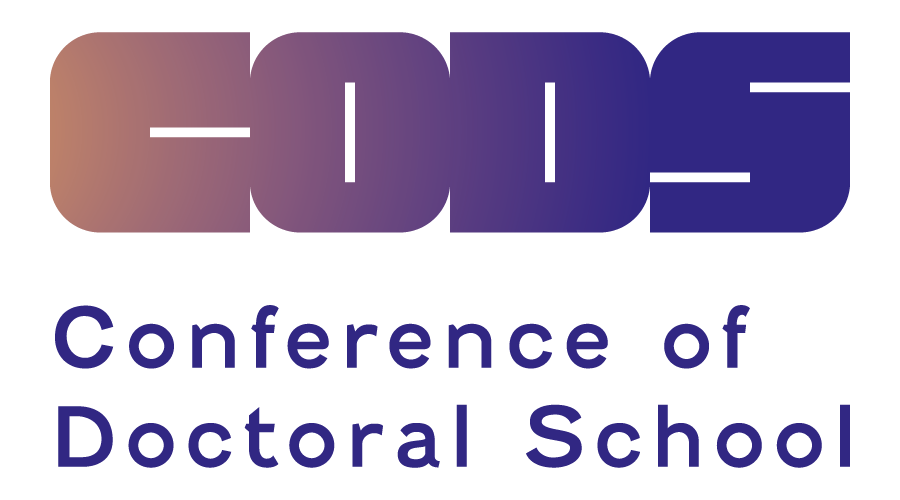
Katarzyna Siwczyńska
PhD Candidate, Doctoral School, Jan Matejko Academy of Fine Arts in Cracow, Wawel Royal Castle Conservator
BIO
She graduated in 2009 from the Krakow Academy of Fine Arts at the Department of Conservation and Restoration of Works of Art. The diploma was awarded the Medal of the Society of Art Lovers. For 15 years, as an owner of the RENO Konserwacja Zabytków company, she has been conducting renovations in the area of Małopolska, mainly from churches interior. Since 2015 she has been working as an art conservator in the Studio of Conservation of Painting, Sculpture, Paper and Frames of the Wawel Royal Castle.
Currently, an implementation doctorate is being carried out entitled „Conservation studies of hetman’s portraits in the collections of the Wawel Royal Castle, and the conservation of one of them, a contribution to establishing the painter’s workshop and characteristic transformations of the complex.” The project, supporting the Ministry of Education and Science, the Academy of Fine Arts in Krakow and the Wawel Royal Castle, aims to deepen knowledge about 18th-century Polish painting, and then provide technical assistance.
Abstract
XRF Imaging (MA-XRF) as a valuable and non-non-invasive method in the analysis of works of art (paintings)
The main goal of the presentation is to present the advantages of macro-XRF scanning (MA-XRF) in the non-destructive investigation of paintings. This method is today one of the most important and valuable methods of research used by conservators. Scanning micro-XRF (also commonly called MA-XRF or Macro-XRF due to the large-area measurement capability) has become one of the most prominent investigation techniques in the field of Art & Conservation. Introducing chemical visualization of the elements in the art object, micro-XRF mapping has provided new directions in the multidisciplinary conservation. Thanks to the scan, you can find out how the painting was painted. MA-XRF also helps recognize the technology of the work and distinguish the elemental composition. What’s more, it allows us to see surfaces which are hidden under overpainting or even destroyed.
The presentation was based on various easel paintings, mainly from the Wawel Royal Castle Collection.
Keywords: MA-XRF scanning, research in conservation, elemental composition, paintings technology, overpaintings
